

CarExpert.com.au
The CarExpert team's favourite cars of 2025
3 Days Ago
The Lexus ES is the only game in town if you want a large, fuel-efficient sedan from a luxury brand for under $80,000.
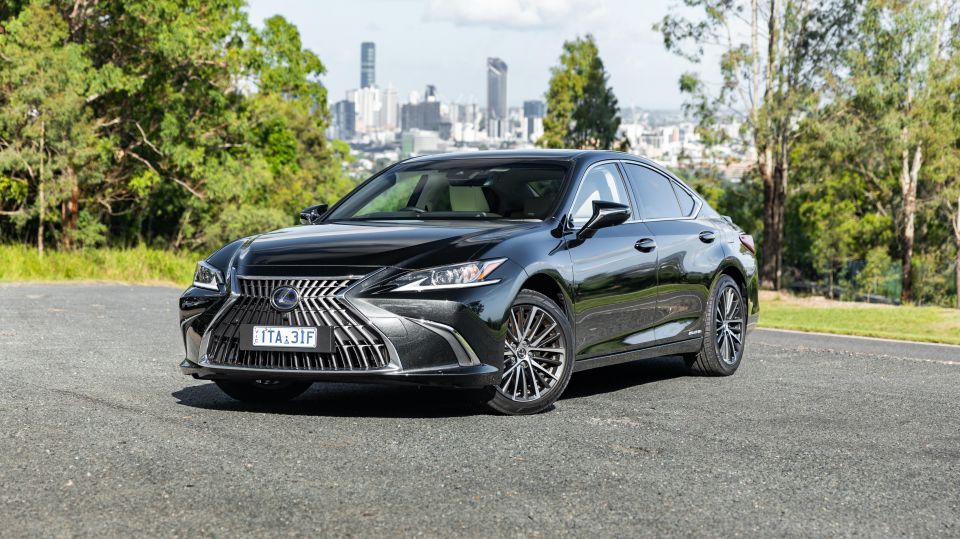
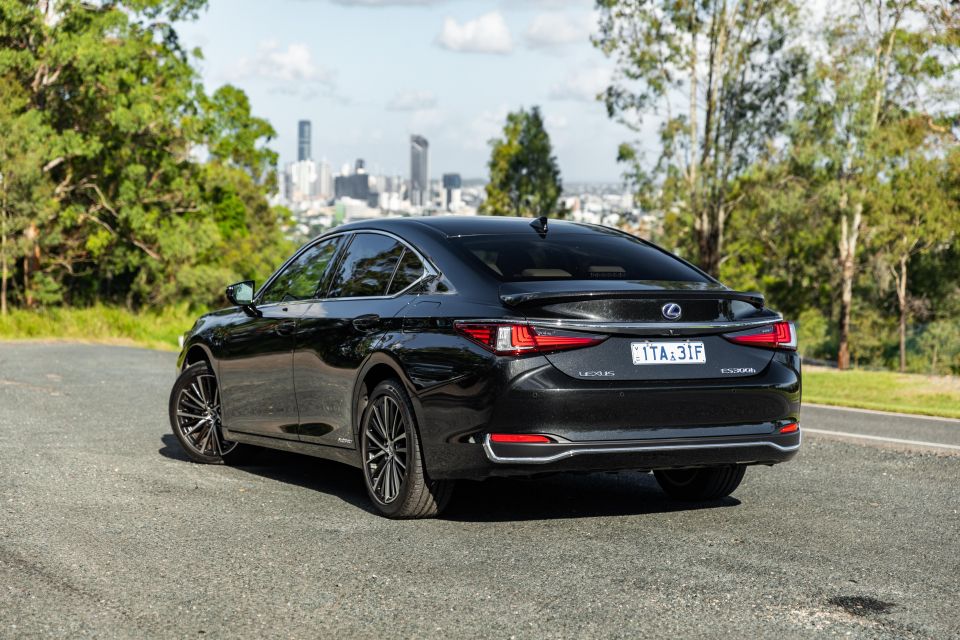

Quickly see how this car stacks up against its competition. Select any benchmark to see more details.
Where expert car reviews meet expert car buying – CarExpert gives you trusted advice, personalised service and real savings on your next new car.
In one respect, it’s the early 1990s all over again.
No, I’m not talking about the Fresh Prince of Bel-Air being back on TV. Instead, I refer to Lexus’ sedan line-up.
With the IS withdrawn from Australia due to stricter side-impact regulations and the GS dying without a replacement, Lexus now sells just two sedans – the ES and the flagship LS – just like it did when it first made waves in the luxury car market in the early 1990s.

Pretty much everything else about the Lexus line-up has changed since then, but the ES and LS’s relationship to each other is much as it was in the era of grunge music and baggy jeans.
The LS continues to be the rear-wheel drive luxury limo of the Lexus line-up, battling the Mercedes-Benz S-Class head-on, with the ES trading on some of the LS’ magic with interior and exterior styling heavily inspired by it. Underneath, however, it continues to use a front-wheel drive platform that underpins more humble Toyota models.
There’s no longer a petrol V6 powering the ES, at least not in Australia. Instead, there’s a choice of two four-cylinder powertrains, one with hybrid assistance and one without. Given the popularity of hybrids within the Lexus line-up, we’ve put the electrified ES300h to the test.
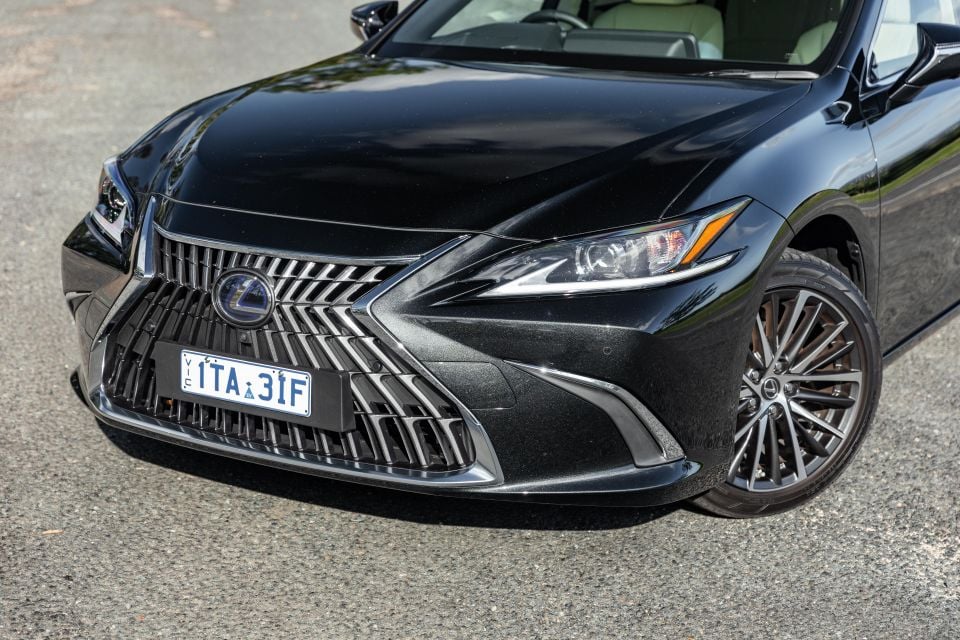
The Lexus ES line-up consists of a naturally-aspirated four-cylinder ES250 in Luxury and F Sport trim levels, and the hybrid four-cylinder ES300h in Luxury, F Sport, and Sports Luxury guises.
The range opens at $61,620 before on-road costs for the ES250 Luxury, and tops out at $78,180 plus on-roads for the ES300h Sports Luxury.
Both the Luxury and F Sport models are available with what Lexus calls ‘Enhancement Packs’, and our 2022 Lexus ES300h Luxury tester was so equipped. That pushes the price from $63,550 before on-road costs to $71,810 before on-road costs, putting it more or less in the middle of the ES line-up’s price range.
Based on a Sydney post code, you’re looking at $78,377 drive-away for our tester.
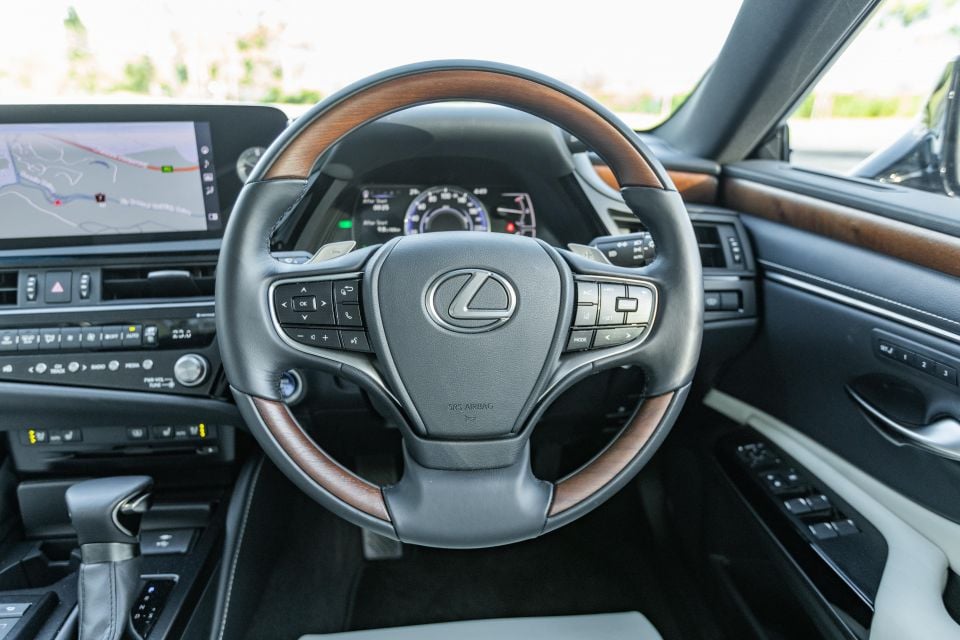
Even after all these years, the ES still doesn’t really have any direct competition from established European luxury brands.
It’s similarly priced to European fare like the BMW 3 Series and Volvo S60, but it’s quite a bit larger. It’s sized closer to a BMW 5 Series or Genesis G80, but it undercuts those rear/all-wheel drive models significantly.
You could include among its rivals – in terms of size and price, if not spirit – the likes of the Skoda Superb 206TSI Sportline ($67,990 drive-away) and Volkswagen Arteon 206TSI R-Line ($68,740). However, both of those VW Group models have a more sporting focus, and neither comes with a fuel-sipping hybrid powertrain in Australia.
Buyers continue to move away from sedans, and Lexus has a redesigned NX that may appeal to ES intenders. In NX350h Sports Luxury guise, with a similar level of equipment to our tester but a more powerful hybrid drivetrain, it costs $73,100 before on-roads.
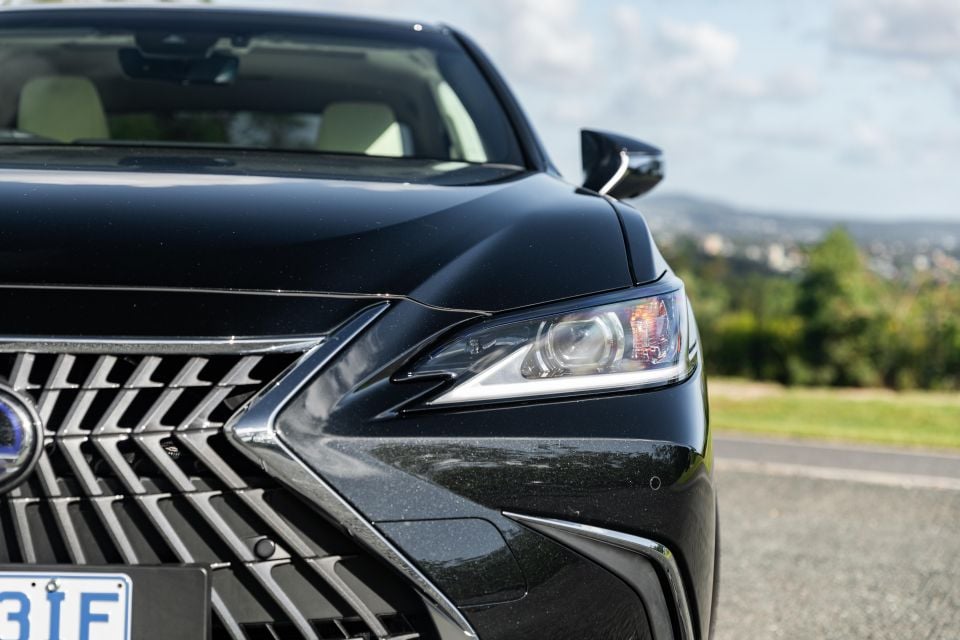
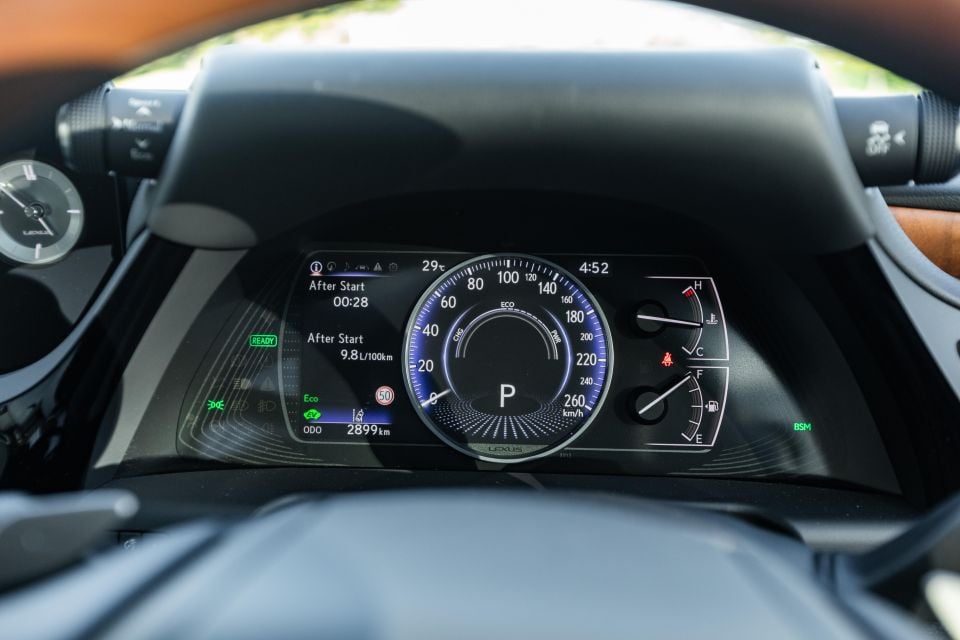
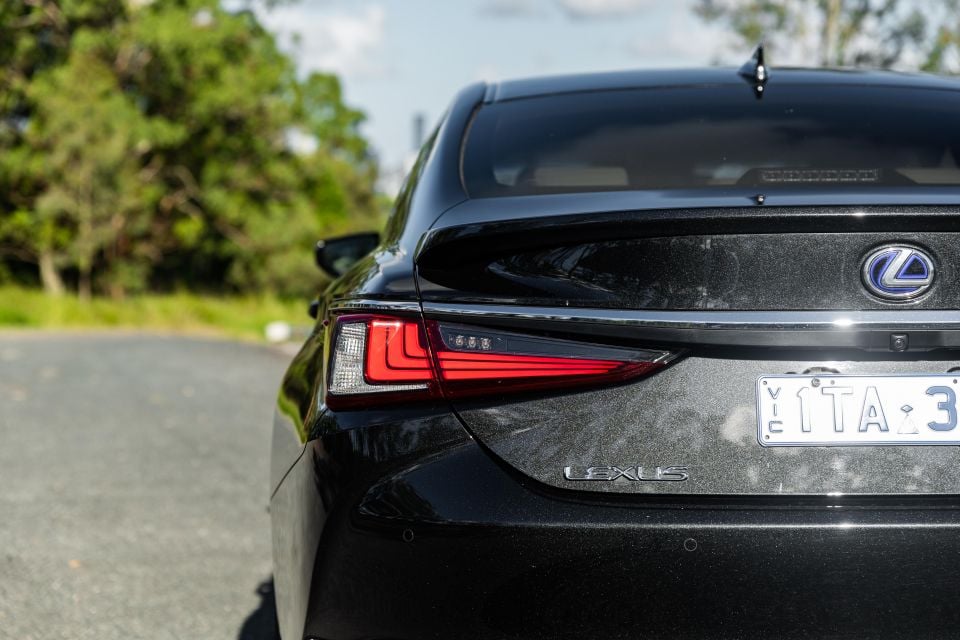
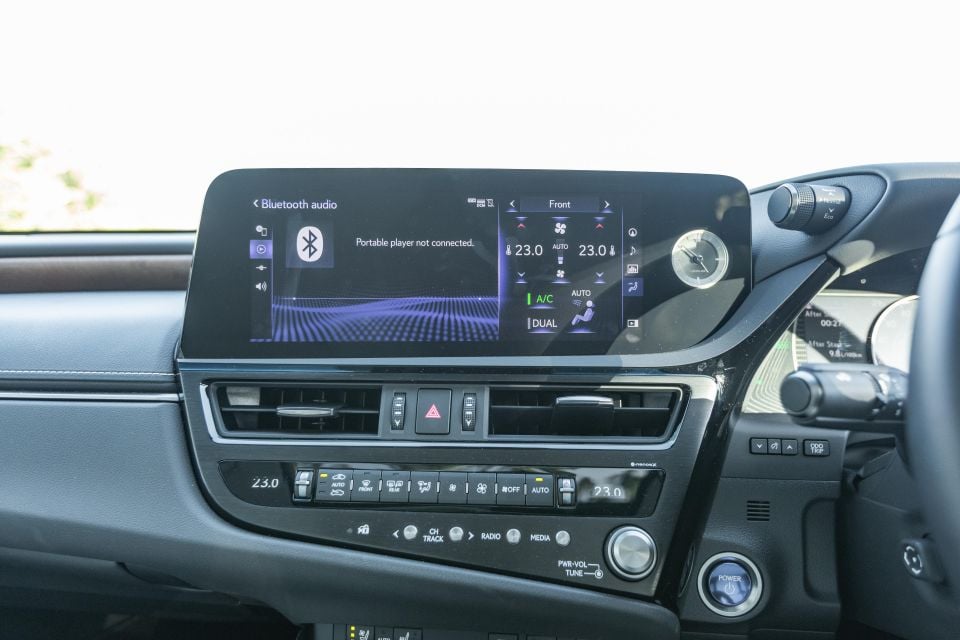
Buy your new car without the stress. It's fast, simple and completely free.

Great service from Travis and team, second time I have used this business would not hesitate to recommend them to anyone
Craig C.
Purchased a Ford Ranger in Sunshine Coast, QLD
CarExpert helped Craig save thousands on his Ford Ranger, now let us save you on your next new car.
Find a dealLexus ES300h + Enhancement Pack includes:
The standard ES300h Luxury comes with:
There’s also still a CD player.
You’ll pay only $1120 more for the ES300h F Sport, which includes adaptive suspension, but you’ll miss out on this yummy cream and wood interior.
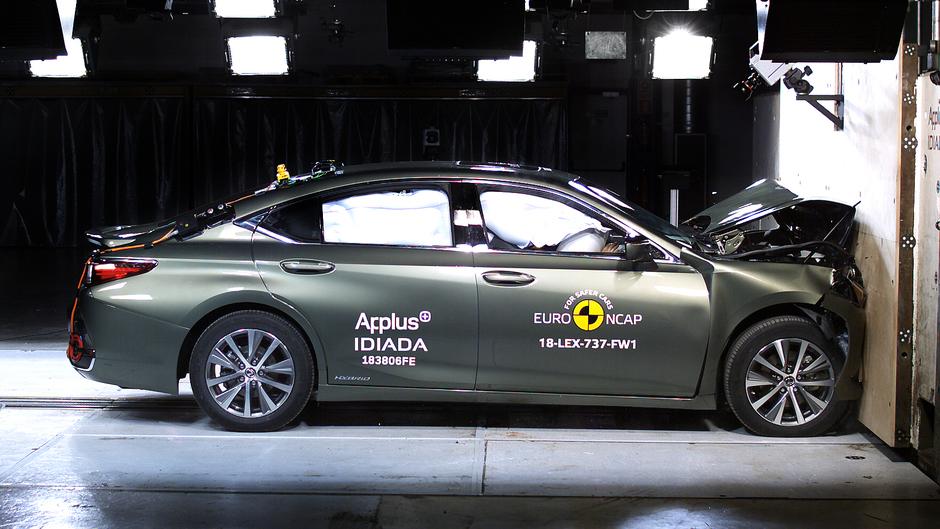
The Lexus ES wears a five-star ANCAP safety rating based on testing carried out in 2018.
It scored 91 per cent for adult occupant protection, 86 per cent for child occupant protection, an impressive 90 per cent for vulnerable road users and 76 per cent for safety assist.
Dual frontal airbags, driver and passenger knee airbags, front and rear chest-protecting side airbags and head-protecting side airbags (curtains) are standard equipment.
For 2022, the ES received a new turning assist system, which applies the brakes if you’re about to cause an accident by turning across traffic, as well as emergency steering assist.
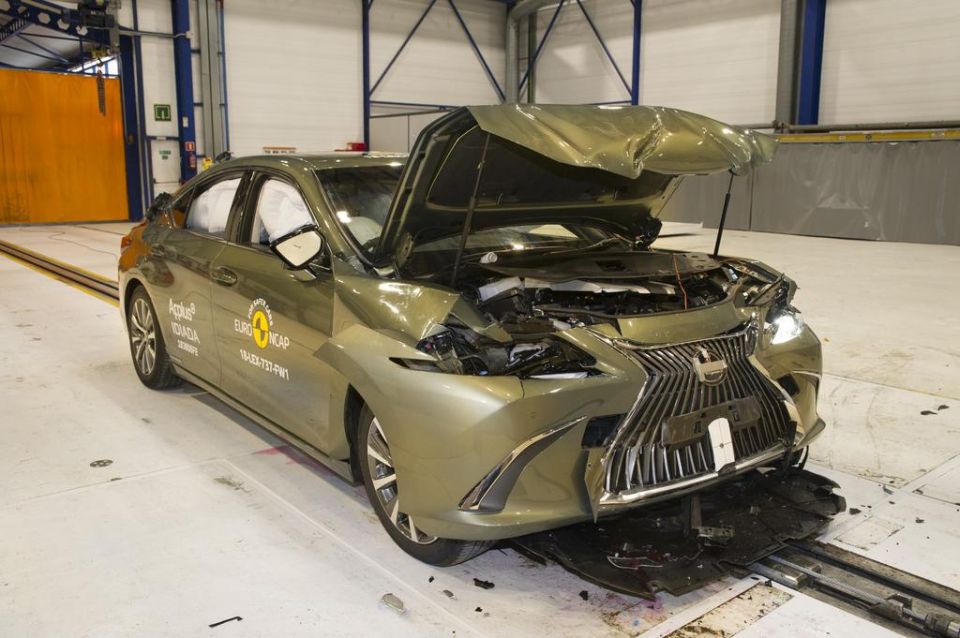
Standard safety equipment also includes:
The forward AEB works at speeds of between 10 and 180km/h for vehicles and 10 and 80km/h for pedestrians and cyclists.
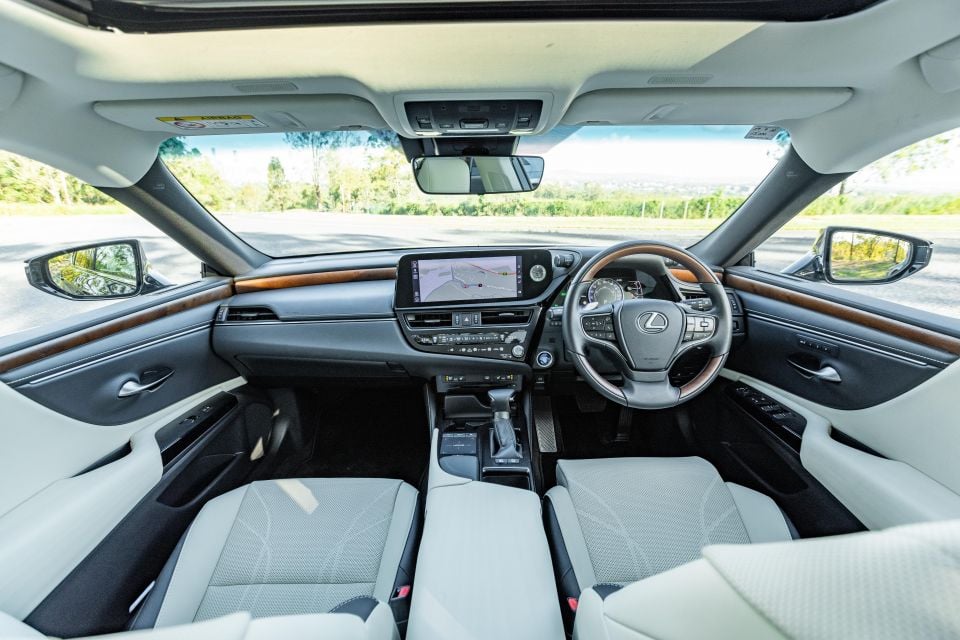
Our tester’s two-tone interior, replete with creamy off-white upholstery and real wood accents, shows the ES300h’s interior in its best light.
Lexus has produced some naff wood trim over the years, but this walnut trim is elegant and adds some warmth to the high-quality cabin. Almost every surface, including the glove compartment lid, is covered in either soft-touch plastic, leatherette or leather. The exceptions are the lower reaches of the doors.
Instead of using piano black on the centre console, Lexus has used some dark brushed metal trim which is less likely to attract scratches and smudges.
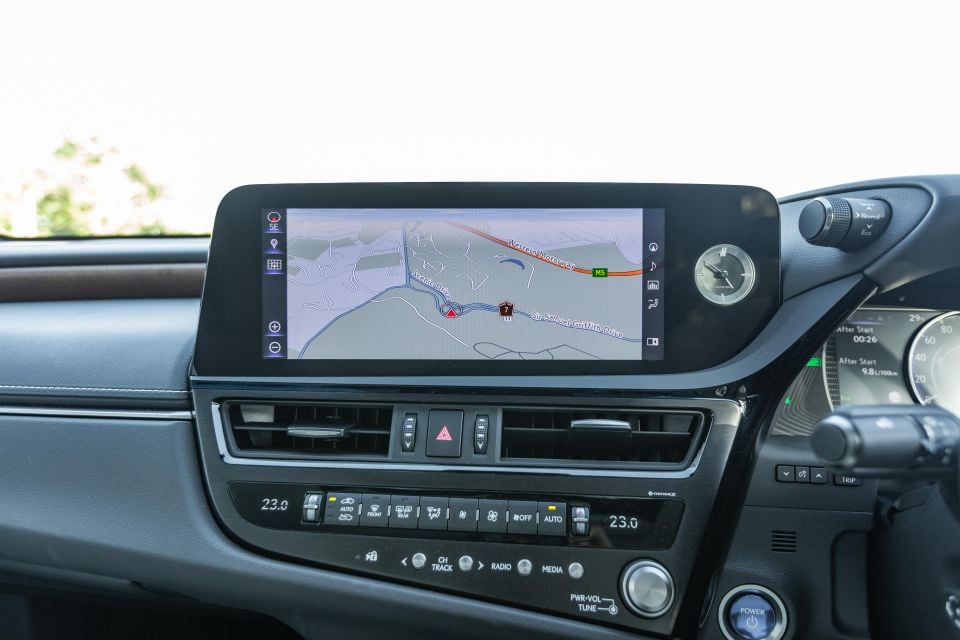

The “little LS” aesthetic carries through to the cabin with a similar asymmetric dashboard design to the flagship sedan, which some may find a bit fussy. It includes a tablet-style touchscreen infotainment system with an old-school analogue clock next to it, an unusual juxtaposition of old and new.
Not that the infotainment system is particularly new. While it now has touch functionality, at least in most Lexus models, the brand’s system is showing its age.
Its user interface doesn’t look significantly different from Toyota’s due to its similar palette of washed-out blues, though there are different elements like a pop-up menu footer. The navigation graphics also lack the crispness of rival luxury brands’ systems.

Using the trackpad is a bit like flossing your teeth while driving – it’s technically possible, but that doesn’t make it any less awkward. Now there’s a touchscreen, there’s no point in using it. The physical shortcut buttons next to it, though, arguably have their place.
Below the large, 12.3-inch touchscreen, which also features full-screen smartphone mirroring, sits a bank of physical climate controls. They’re easy to reach and are nicely damped and high quality in appearance.
The lower half of the centre stack features controls for the heated and ventilated seats and the power rear sunshade. The Lexus conveniently remembers your heated/ventilated seat settings upon startup.
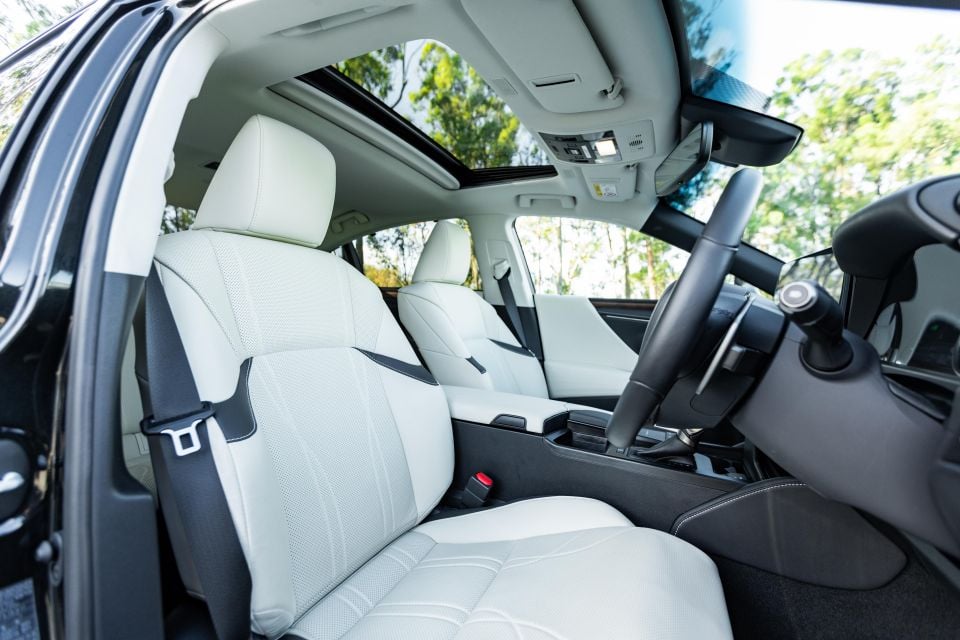

The two cupholders are separated – one is open, and the other sits below a pop-up door alongside the USB outlets. Both can accommodate a 1L bottle, and putting one in the cupholder closest to the dash doesn’t block any important switchgear. The wireless charging pad sits inside the centre console bin, which is of an average size.
The instruments are a neat mix of both analogue and digital displays. They might lack the pizazz of some luxury brands’ digital instrument clusters but they’re clear and legible.
Older buyers may prefer the easier ingress and egress that comes with the similarly-priced NX, with the ES featuring a sleeker roofline and a lower hip point. This isn’t some low-slung sports car, though.
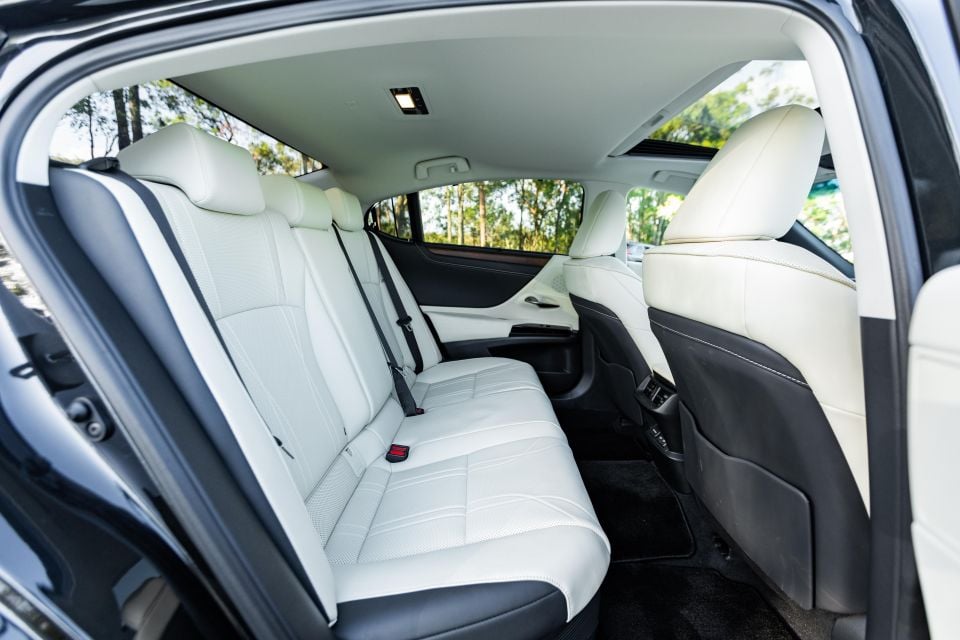
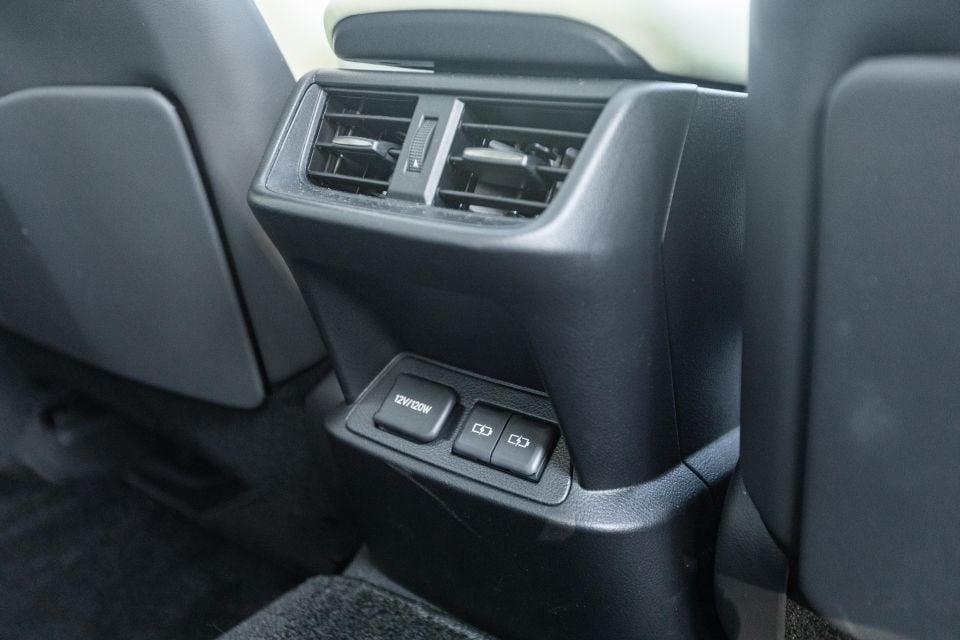
The front seats are plush and comfortable, and we appreciate the adjustable thigh support. That makes a big difference on long trips, as does the seat ventilation in Queensland’s often muggy climes.
A thin strip of blue ambient lighting runs along the doors and under the wood inlays on the dash. It’s a subtle yet elegant touch, and it carries through to the rear of the cabin.
Likewise, the soft-touch materials and supple leather upholstery that make the front of the cabin so delightful are abundant in the back.
There’s ample legroom in the rear for someone 180cm tall sitting behind someone of the same height. Headroom is also plentiful, unless you sit on the slightly raised centre seat. There, my head was touching the roof, while legroom was limited somewhat by the presence of a hump on the floor.

There’s not quite enough room for three full-sized adults to sit side-by-side for long trips, but this is overall a pretty accommodating cabin for rear-seat passengers. If you’re fitting a child seat, you’ll find three top-tether and two ISOFIX anchor points.
There’s a 12V 120W outlet and two USB-A outlets at the rear of the centre console plus air vents, though there are no temperature controls. Like those in the front doors, the bottle holders in the rear doors will fit 1L bottles.
Boot space is 454L. There’s a fairly low loading lip, though the rear seats don’t split and fold. Instead, there’s a ski port.
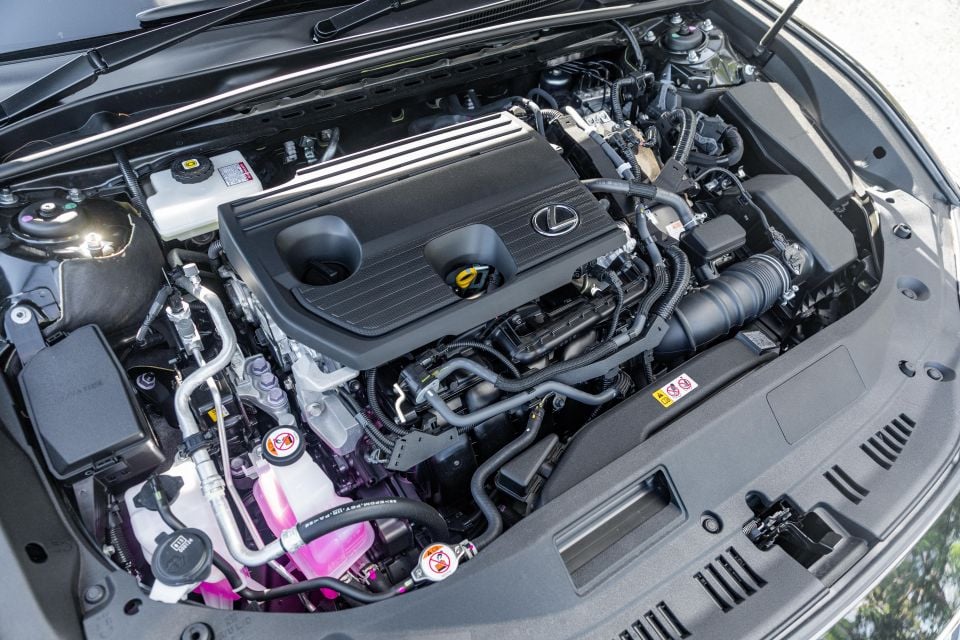
Where expert car reviews meet expert car buying – CarExpert gives you trusted advice, personalised service and real savings on your next new car.
The ES300h uses a 2.5-litre four-cylinder hybrid powertrain with a nickel-metal hydride battery. Total system output is 160kW, compared to 179kW for the new NX350h.
It blends power from a 2.5-litre four-cylinder petrol engine with 221Nm of torque and an electric motor with 202Nm of torque, but Lexus doesn’t quote a combined torque figure. Drive is sent to the front wheels through an e-CVT automatic transmission.
Over our test loop, comprising a mix of inner-city, suburban and highway driving, we averaged just 4.6L/100km. That was actually better than the claimed rating of 4.8L/100km, though over the course of a week it increased to 5.6L/100km. Nevertheless, that’s pretty parsimonious for such a large sedan.
It requires 95 RON premium unleaded or higher, and has a 50L fuel tank.
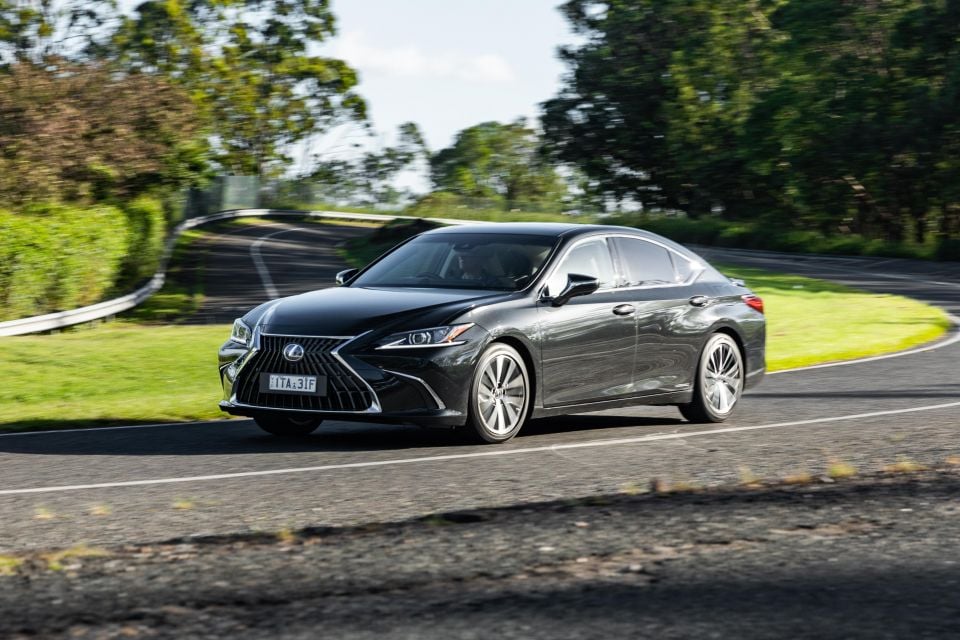
The Lexus ES has both sublime ride quality and a surprising degree of dynamic prowess.
It’s not exactly a sports sedan, though. The steering feels rather numb, and the wood-trimmed wheel isn’t satisfying to grab in more spirited driving. The brake pedal is slightly wooden too (in feel, obviously, not in material).
The hybrid powertrain is pleasantly responsive around town, with a surfeit of low-end torque. Pushed on a more challenging road, you’ll find it runs out of steam a bit at the top-end.
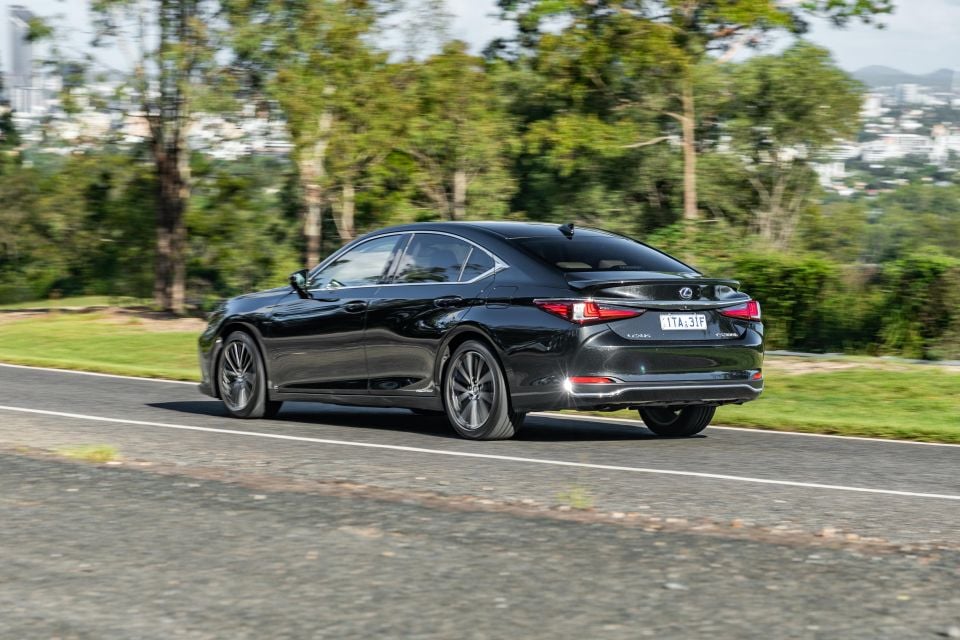
Lexus says Sport mode “controls the hybrid system to provide quick, powerful acceleration”.
There isn’t a massive difference to be felt, and there’s no impact to the suspension – only F Sport models get adaptive suspension – so we wouldn’t bother. Ditto the paddle shifters, as the car likes to take you out of manual shift mode as quickly as possible.
Should you wish to push the ES a little harder, you may be surprised how the ES goes thanks to its balanced chassis. This is a large, front-wheel drive sedan and yet it doesn’t feel overly nose-heavy. Turn-in is rather sharp, it stays flat in corners, and overall it feels very composed.
Driven more sedately – as we would expect a Lexus ES would be by owners – this luxury sedan impresses. Even with a heavy right foot, very little engine noise intrudes into the cabin, though you feel a little vibration under foot when accelerating the petrol motor kicks in.
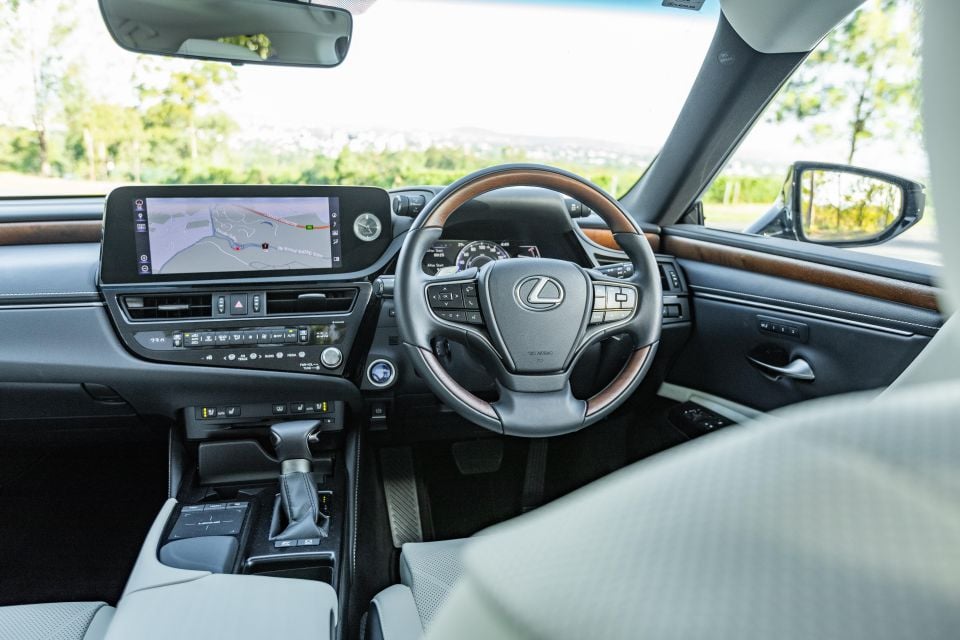
Overall, the ES’ cabin is whisper-quiet, remaining hushed even on coarser-chip roads. It’s positively serene, and it avoids the kind of e-CVT drone some Toyotas suffer from. We only chirped the front tyres once, and the noise sounded like it was off in the distance.
That goes for the ride, too, which might be one of the plushest short of something with air suspension. It’s wonderfully damped, with bumps and ruts quelled effortlessly and only the odd manhole cover making its presence felt. Body control is also superb, and the ES avoids feeling floaty.
The adaptive cruise control works in conjunction with traffic sign recognition, allowing you to simply press and hold a button on the steering wheel to adjust the cruise control speed to the speed limit. Mind you, occasionally the system did detect an unrelated speed sign on a highway off-ramp, so keep your wits about you.
Combined with the lane centring function, which is operable when the adaptive cruise is active, highway driving is a breeze in the ES. The lane centring does an exceptional job keeping you within your lane, while even the regular lane-keep assist is helpful without being overbearing.
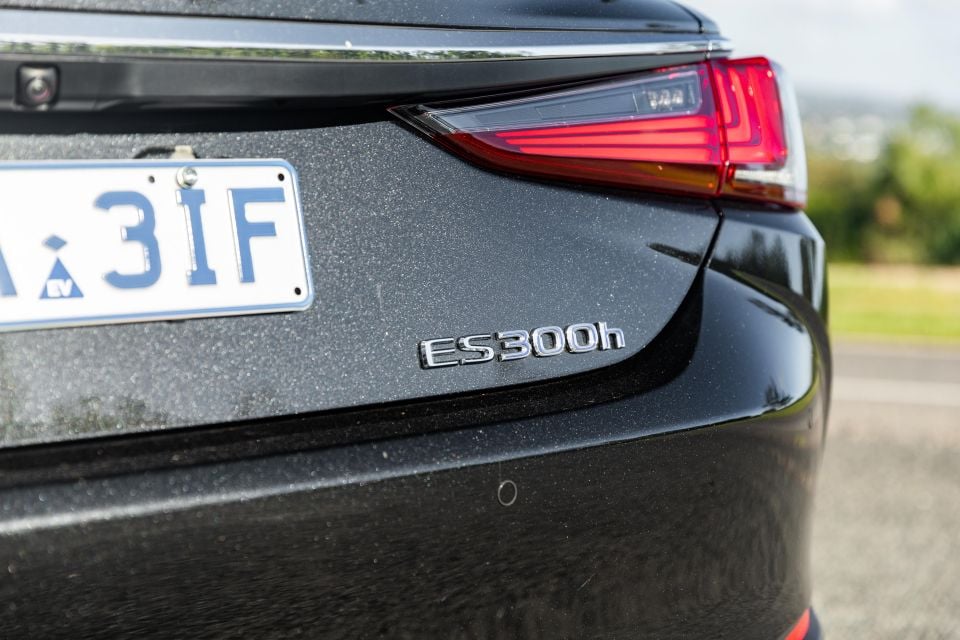
Lexus recently joined the likes of Genesis, Jaguar Land Rover, Mercedes-Benz and Volvo in adopting a five-year, unlimited-kilometre warranty.
As part of its Encore after-sales package, Lexus includes three years of capped-price servicing.
Each service, required every 12 months or 15,000km, costs $495.
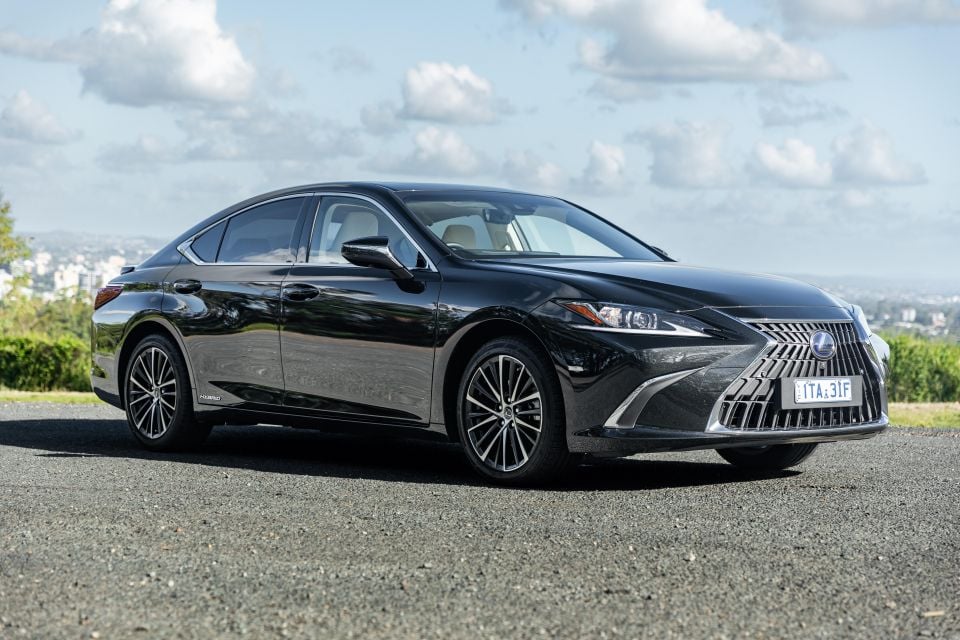
If you want a hybrid luxury sedan with a premium badge for under $80,000, you don’t have any other option.
Fortunately, the ES300h makes a compelling case for itself beyond being simply the only vehicle of its type at its price point. It’s as well-appointed, comfortable and economical as you would expect of a hybrid luxury sedan at this price point.
While it isn’t a sport sedan in the vein of the defunct IS, it handles surprisingly well for a large, plush, front-wheel drive sedan. And it’ll appeal to loyal Lexus buyers with its impressive mechanical refinement and high quality feel.
A little bit of extra power and steering feel wouldn’t go amiss, and even with touchscreen functionality the infotainment system disappoints. But for the ES300h’s intended mission, it performs admirably.
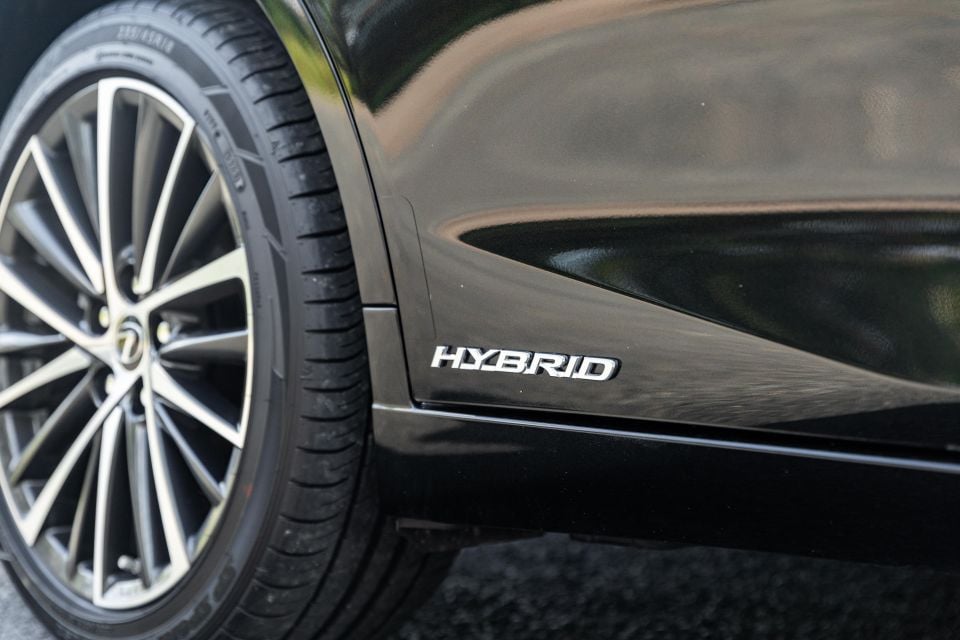
Click the images for the full gallery
MORE: Everything Lexus ES
Where expert car reviews meet expert car buying – CarExpert gives you trusted advice, personalised service and real savings on your next new car.
William Stopford is an automotive journalist with a passion for mainstream cars, automotive history and overseas auto markets.


CarExpert.com.au
3 Days Ago


Damion Smy
4 Days Ago


Damion Smy
8 Days Ago
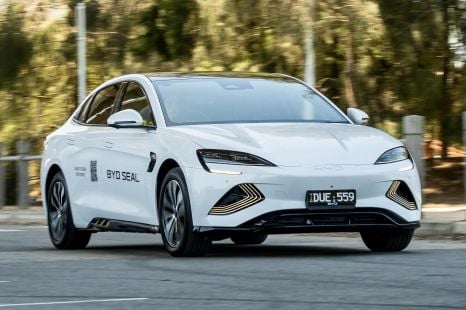

Max Davies
12 Days Ago
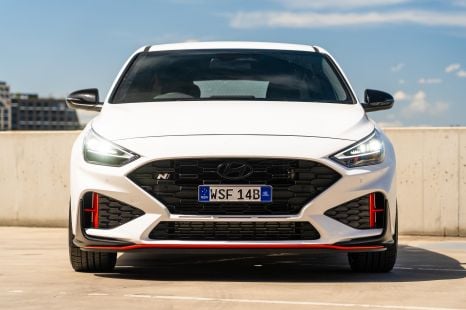

William Stopford
18 Days Ago
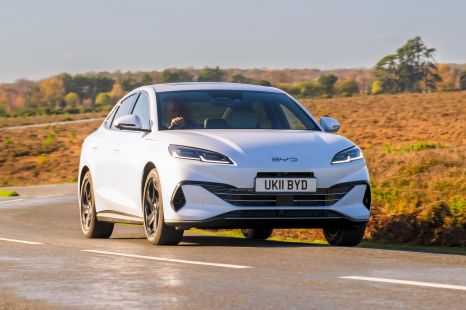

Matt Robinson
21 Days Ago